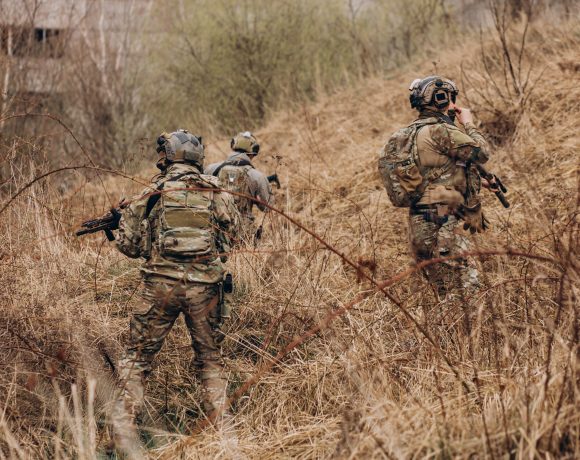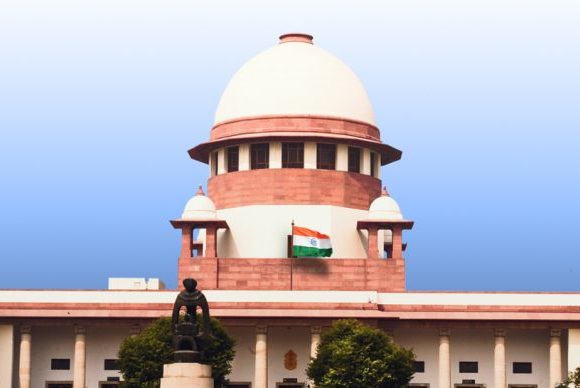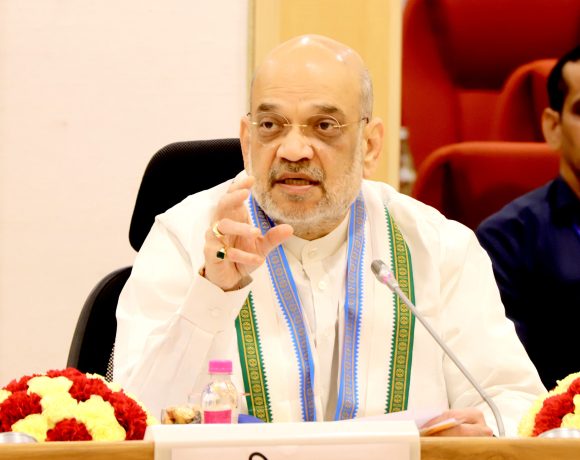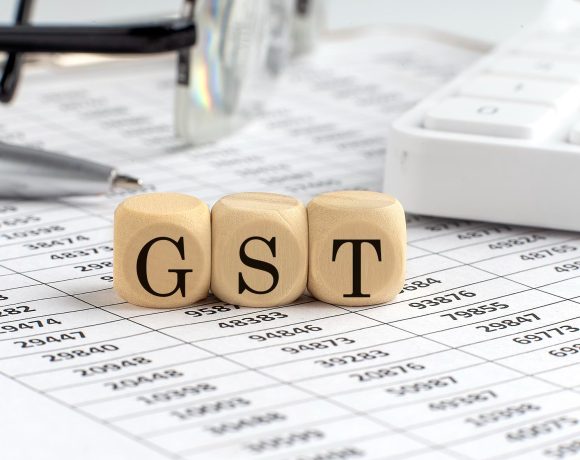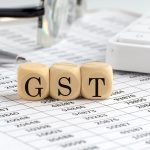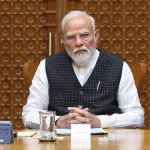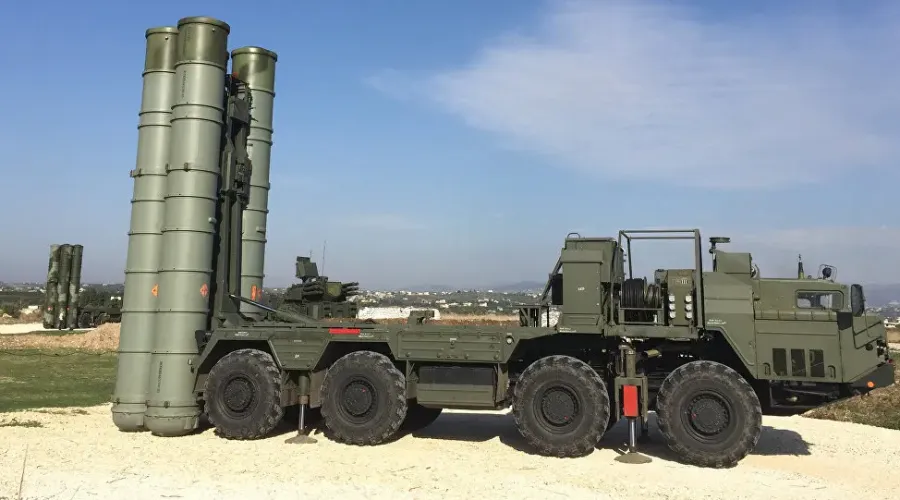
India to Raise Defence Spending to 2.5% of GDP by 2030
India is preparing to increase its defence expenditure to approximately 2.5% of GDP as part of its upcoming five-year strategic plan. This shift, confirmed by Defence Secretary Raj Kumar Singh, signals a firm commitment to bolstering national security, advancing indigenous defence production, and modernising military capabilities in line with global threats and regional pressures.
Defence Budget
India currently allocates around 1.9% of GDP to defence. The proposed hike to 2.5% reflects a significant policy shift aimed at building long-term security infrastructure. Singh stated that raising the share of GDP dedicated to defence was not only necessary but timely, especially in light of border challenges and rapid technological advancements in warfare.
The increase is expected to support a range of ongoing and future projects across the Army, Navy, and Air Force, particularly in capital-intensive domains like aircraft, drones, air defence systems, and digital warfare platforms.
Indigenisation
The Defence Secretary emphasized that over 75% of new capital contracts in the coming years would be awarded to domestic vendors. Under the Indigenous Design, Development and Manufacturing (IDDM) framework, the Ministry of Defence has already cleared over ₹1 lakh crore worth of homegrown projects. This includes next-generation fighter aircraft like the Advanced Medium Combat Aircraft (AMCA) and state-of-the-art naval platforms.
The focus on indigenisation is meant to not only cut foreign dependence but also to build intellectual property within India’s defence ecosystem, ensuring self-reliance and greater technological sovereignty.
Capital Contracts
In alignment with the expanded budget goals, India plans to issue defence contracts worth ₹2 lakh crore in FY26, matching the record set in the current fiscal. These contracts will span sectors such as aerospace, naval construction, missiles, and precision munitions. Singh noted that the funds are already available, but timely execution and faster procurement are critical to utilising them effectively.
He added that any delays in execution would be counterproductive, but rapid progress would allow the Ministry to request additional funds during the Revised Estimates phase, ensuring that no priority project is starved of financial support.


